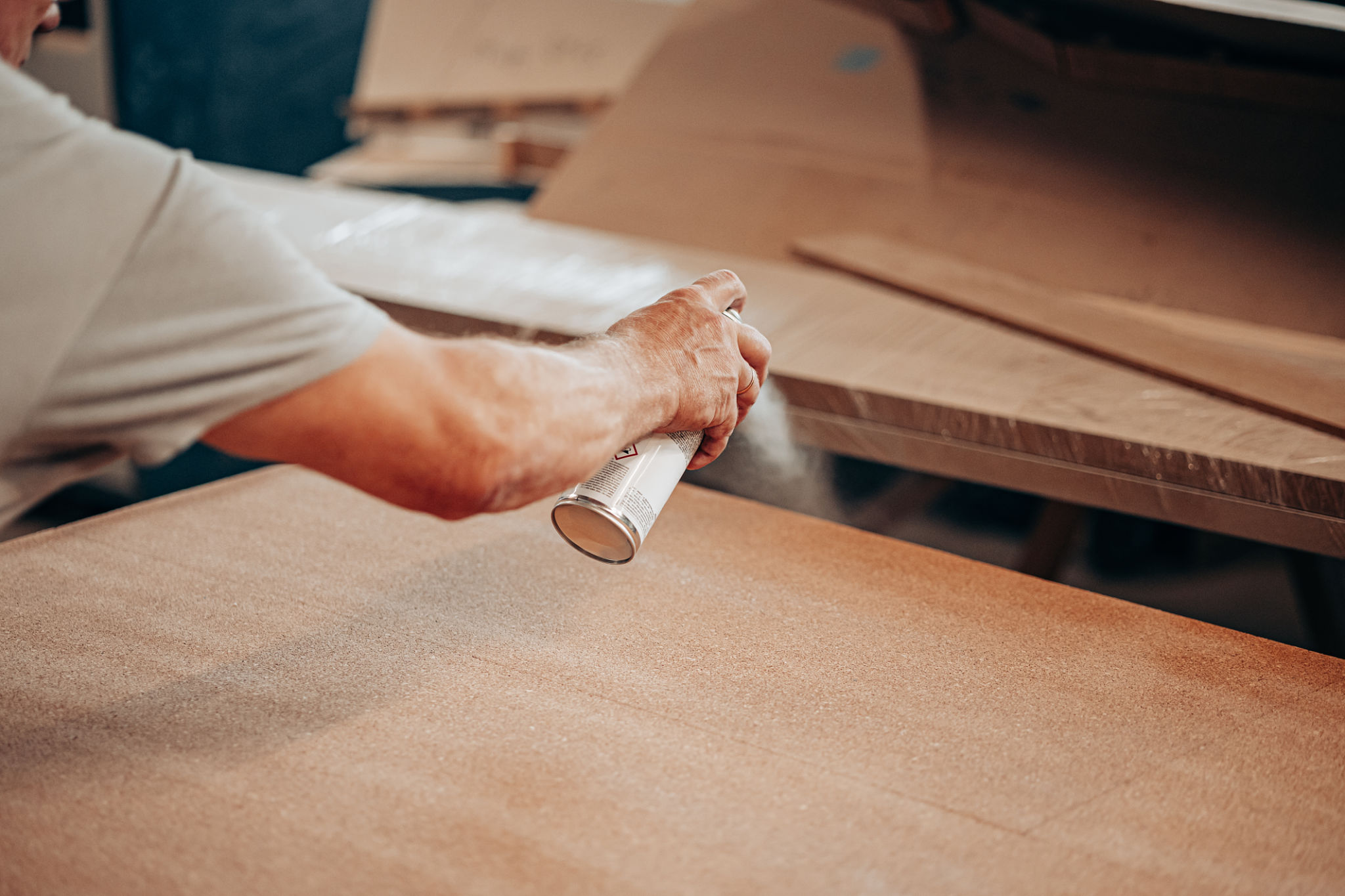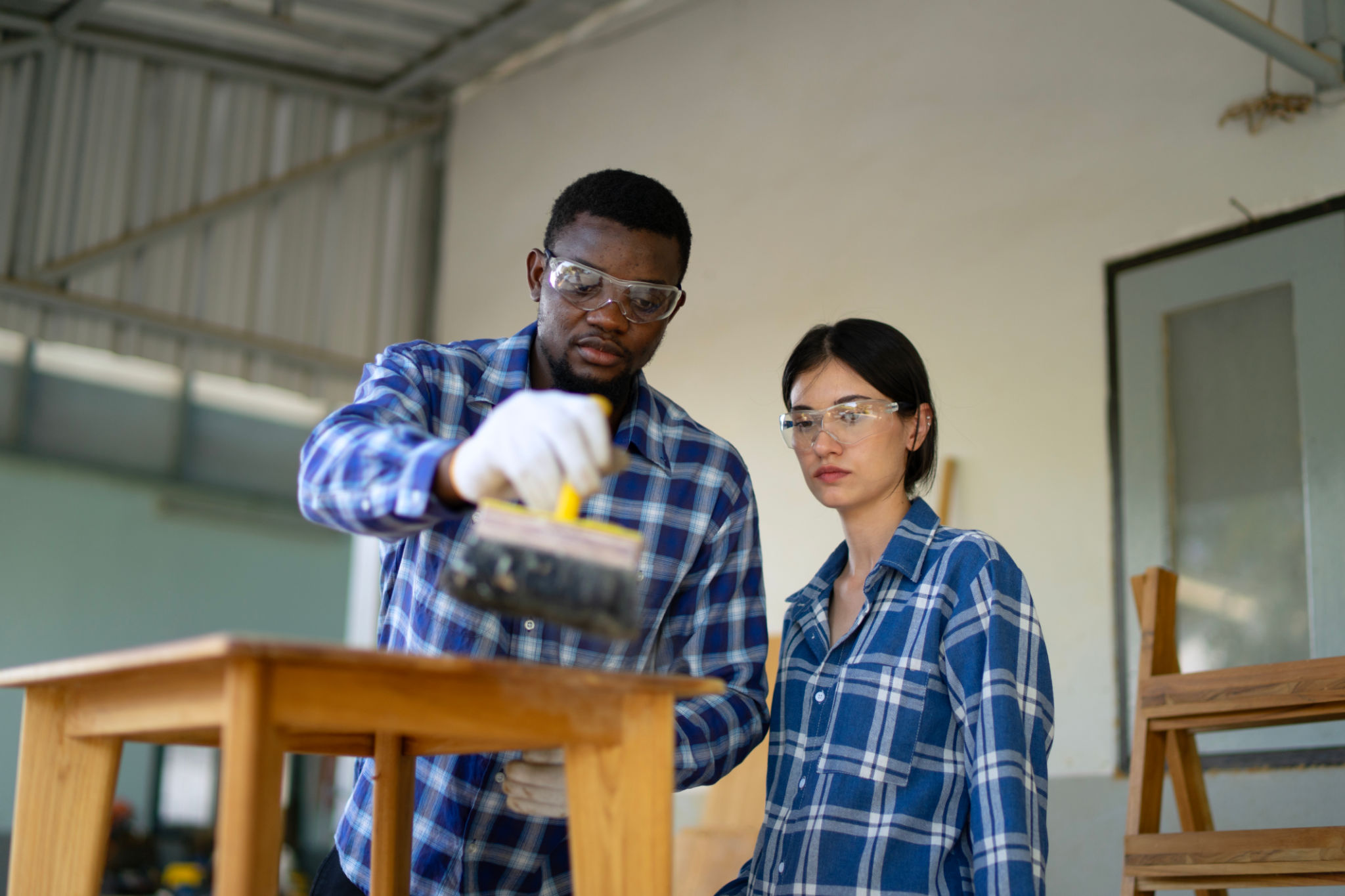The Ultimate Guide to Coating Inspection: Ensuring Quality and Longevity
Understanding Coating Inspection
Coating inspection is a critical process that ensures the quality and longevity of coatings applied to various surfaces. Whether it's for industrial, commercial, or residential applications, proper inspection helps in identifying potential defects or failures that could compromise the integrity of the coating. By employing systematic inspection techniques, asset owners and managers can safeguard their investments and ensure that coatings perform as intended.

The Importance of Coating Inspection
Coating inspections are essential for maintaining the durability and effectiveness of protective coatings. A well-conducted inspection identifies issues such as adhesion problems, cracks, or blistering, which can lead to premature failure of the coating. This proactive approach not only extends the life of the coating but also helps in reducing maintenance costs over time. Regular inspections are particularly crucial in harsh environments where coatings face extreme conditions.
Moreover, coatings serve as a barrier against environmental elements like moisture, chemicals, and UV radiation. Any compromise in this barrier can lead to significant damage to the underlying substrate, resulting in costly repairs. Therefore, timely inspections are vital to detect and rectify issues early.
Key Steps in Coating Inspection
To effectively inspect coatings, it's important to follow a structured approach. Here are the key steps involved in the inspection process:
- Surface Preparation Evaluation: Before applying a coating, the surface must be properly prepared. Inspectors check for cleanliness, surface profile, and any contaminants that might affect adhesion.
- Coating Application Monitoring: During application, inspectors monitor environmental conditions such as temperature and humidity to ensure they are within acceptable ranges.
- Thickness Measurement: After application, measuring the coating's thickness is crucial to verify it meets specified requirements.
- Adhesion Testing: Tests such as pull-off or tape adhesion tests are conducted to assess the bond strength between the coating and substrate.
- Final Inspection: A thorough visual inspection is carried out to identify any defects like cracks or pinholes.

Tools and Techniques Used in Coating Inspection
The effectiveness of a coating inspection largely depends on the tools and techniques used. Common tools include dry film thickness gauges, adhesion testers, and holiday detectors. These instruments help inspectors gather precise data about the coating's condition. Additionally, advanced techniques like infrared thermography can be employed to detect subsurface anomalies without causing any damage.
Furthermore, inspectors often rely on visual aids such as magnifying glasses and cameras to document findings accurately. This documentation is crucial for creating detailed reports that inform maintenance and repair decisions.
Training and Certification for Inspectors
Coating inspectors play a pivotal role in ensuring quality control. Therefore, they must undergo rigorous training and certification. Organizations like NACE International offer specialized courses that cover various aspects of coating inspection. These certifications validate an inspector's expertise and provide assurance to clients about their competence.

Certified inspectors are trained to recognize subtle signs of coating failure and possess a deep understanding of industry standards. This expertise allows them to make informed recommendations for corrective actions, ensuring that coatings achieve their intended lifespan.
The Future of Coating Inspection
The field of coating inspection continues to evolve with advancements in technology. Innovations such as drones equipped with imaging sensors are increasingly being used for inspecting large structures like bridges and towers. These technologies enhance safety by reducing the need for inspectors to access hazardous areas physically.
As we move forward, the integration of Artificial Intelligence (AI) in inspection processes promises even greater accuracy and efficiency. AI algorithms can analyze inspection data quickly and identify patterns that might be missed by human inspectors.
In conclusion, coating inspection is an indispensable part of maintaining the quality and longevity of protective coatings. By understanding its importance and following best practices, asset owners can ensure their investments remain protected against environmental challenges.